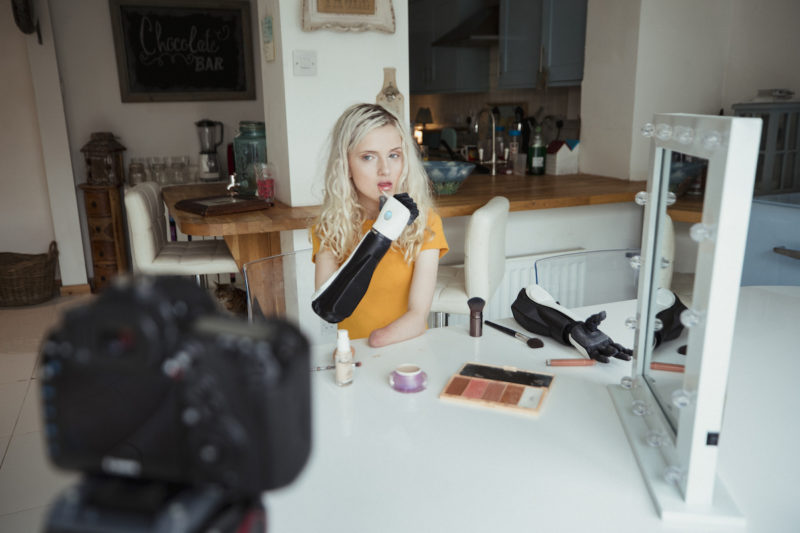Positive body image and self-esteem
Your body image perception or how you view your physical self is an important indicator of your self-esteem. If you think you are attractive and that others think well of you, your positive self-esteem can promote better physical and mental health.
Young people’s self-esteem can be influenced by changes during puberty, media images of what is ‘ideal’, the attitudes of family and friends, and experiences at school.
Perceptions of self-esteem and body image start developing from a very early age. School-age children can be very aware of differences between people and experience peer pressure related to body image. During the school years, particularly adolescence, your child may become preoccupied with how they look. This may be related to their limb difference or just a general self-evaluation of their body as a whole.

Supporting your child to have a positive body image and self-esteem
As a parent or carer, you can positively affect your child’s body image and self-esteem by:
- encouraging them to join in physical activities that interest them
- focusing on their strengths and encouraging them
- encouraging open conversations, discussing concerns or issues raised and answering questions
- telling them that everyone is different, which is what makes us all individual and unique
- reassuring them that people with limb differences do enjoy positive long-term relationships
- speaking to your prosthetist about cosmetic options if this is a concern for your child.
Using visual resources
Children’s books featuring characters with a limb difference can help a child to have greater self-esteem and identify with characters that ‘look like me’ or are ‘different like me’. Books can also help children to talk about their limb difference honestly and answer questions from friends.
Several doll-makers are producing ones that feature children with a range of disabilities and health conditions, including limb difference. Dolls can be a great way for children to relate to a toy that ‘looks like me’ or that can be used when playing with other children.
